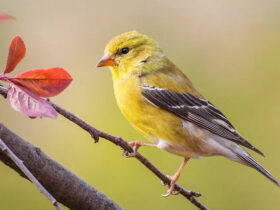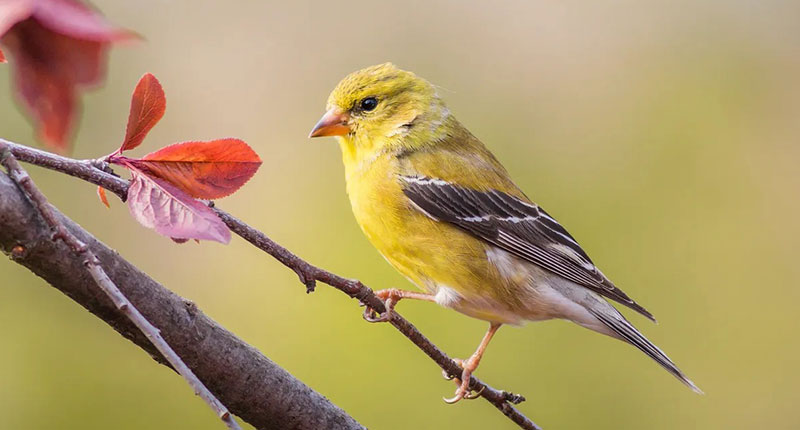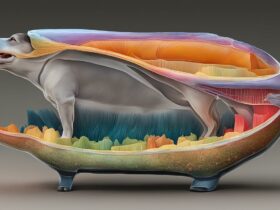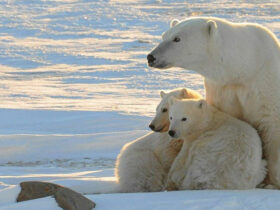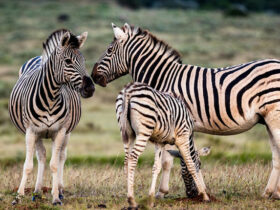The American Goldfinch, scientifically known as Spinus tristis, is a small, vibrant bird native to North America. Also referred to as the Eastern Goldfinch, it is famous for its bright yellow plumage and cheerful songs. This article aims to provide you with a comprehensive understanding of the American Goldfinch, covering its physical characteristics, habitat, behavior, diet, and interesting facts.
The American Goldfinch is a small songbird that belongs to the finch family. Its scientific name, Spinus tristis, means "thorny finch" and refers to the spiky appearance of its feathers. This beautiful bird is widespread across North America, and its presence brings joy to birdwatchers and nature enthusiasts alike.
Physical Characteristics
The American Goldfinch is known for its striking appearance. During the breeding season, the male sports a vibrant yellow plumage with a black cap on its head. Its wings and tail feathers are black with white accents. In winter, however, the male loses its bright colors and adopts a more subdued olive-brown plumage. The female, on the other hand, maintains her olive-brown coloring throughout the year. Both sexes have a short, conical beak, ideal for cracking open seeds.
Habitat and Distribution
American Goldfinches can be found throughout North America, from southern Canada to Mexico. They prefer open areas such as fields, meadows, and gardens, as well as woodland edges. These birds thrive in areas with plenty of flowering plants, as they rely heavily on seeds for their diet and nesting material.
Behavior and Mating Habits
The American Goldfinch is a social bird that often forms small flocks outside the breeding season. They communicate using various calls and songs, including a distinctive flight call that sounds like "potato chip." During the breeding season, males engage in an impressive aerial display, flying in a roller coaster-like pattern while singing to attract females.
Diet and Feeding Habits
The American Goldfinch is primarily a seed-eater, with a particular preference for thistle and sunflower seeds. Their specialized beaks allow them to extract seeds from plants with ease. Interestingly, these birds have a late breeding season compared to other songbirds because they rely on the abundance of seeds available during summer for feeding their young.
Migration
Unlike many migratory birds, American Goldfinches undergo what is known as "vertical migration." Instead of flying long distances, they simply change their elevations. In summer, they are found in northern areas, while in winter, they migrate to southern regions where food is more abundant.
Vocalization and Songs
American Goldfinches are known for their melodious songs, which are often described as "perching songs" because they are typically sung while the bird is stationary. The male's song consists of a series of sweet, high-pitched notes, while the female's song is shorter and simpler. Their vocalizations play a vital role in communication and establishing territories.
Nesting and Reproduction
The American Goldfinch builds a cup-shaped nest, usually placed in a shrub or small tree. Unlike many other songbirds, they delay nesting until mid-summer when thistles and other plants produce fluffy seed heads that serve as nesting material. The female constructs the nest, and both parents share incubation duties. Once the chicks hatch, they are fed a diet primarily consisting of regurgitated seeds.
Interesting Facts about the American Goldfinch
- American Goldfinches are the state bird of Iowa, New Jersey, and Washington.
- They are highly social birds and often nest in loose colonies.
- The American Goldfinch has been observed hanging upside down to reach seeds.
- Their flight is undulating, with a distinct rise and fall pattern.
- They have a lifespan of up to 10 years in the wild.
Conservation Status
The American Goldfinch is not currently considered a threatened species. Its adaptable nature and wide distribution help ensure its population remains stable. However, habitat loss and the decline of suitable nesting sites are ongoing concerns. By providing food sources such as bird feeders and preserving natural habitats, we can continue to enjoy the presence of these delightful birds.
Conclusion
In conclusion, the American Goldfinch is a captivating animals that brings color and song to North American landscapes. With its bright yellow plumage, distinctive songs, and unique nesting habits, it has become a favorite among bird enthusiasts. By understanding and appreciating the beauty of the American Goldfinch, we can contribute to its conservation and ensure future generations can enjoy its presence.
FAQs
- What is the scientific name of the American Goldfinch?
- The scientific name of the American Goldfinch is Spinus tristis.
- How can I attract American Goldfinches to my garden?
- Planting native wildflowers and providing a consistent supply of nyjer and sunflower seeds will attract American Goldfinches to your garden.
- Do American Goldfinches migrate?
- Yes, American Goldfinches migrate, but their migration pattern is unique as they undergo vertical migration, changing their elevations rather than flying long distances.
- What do American Goldfinches eat besides seeds?
- American Goldfinches primarily feed on seeds, but they also consume insects and berries occasionally.
- Can American Goldfinches change the color of their plumage?
- Yes, during the breeding season, male American Goldfinches display vibrant yellow plumage, while in winter, they molt and adopt a more subdued olive-brown coloring.




